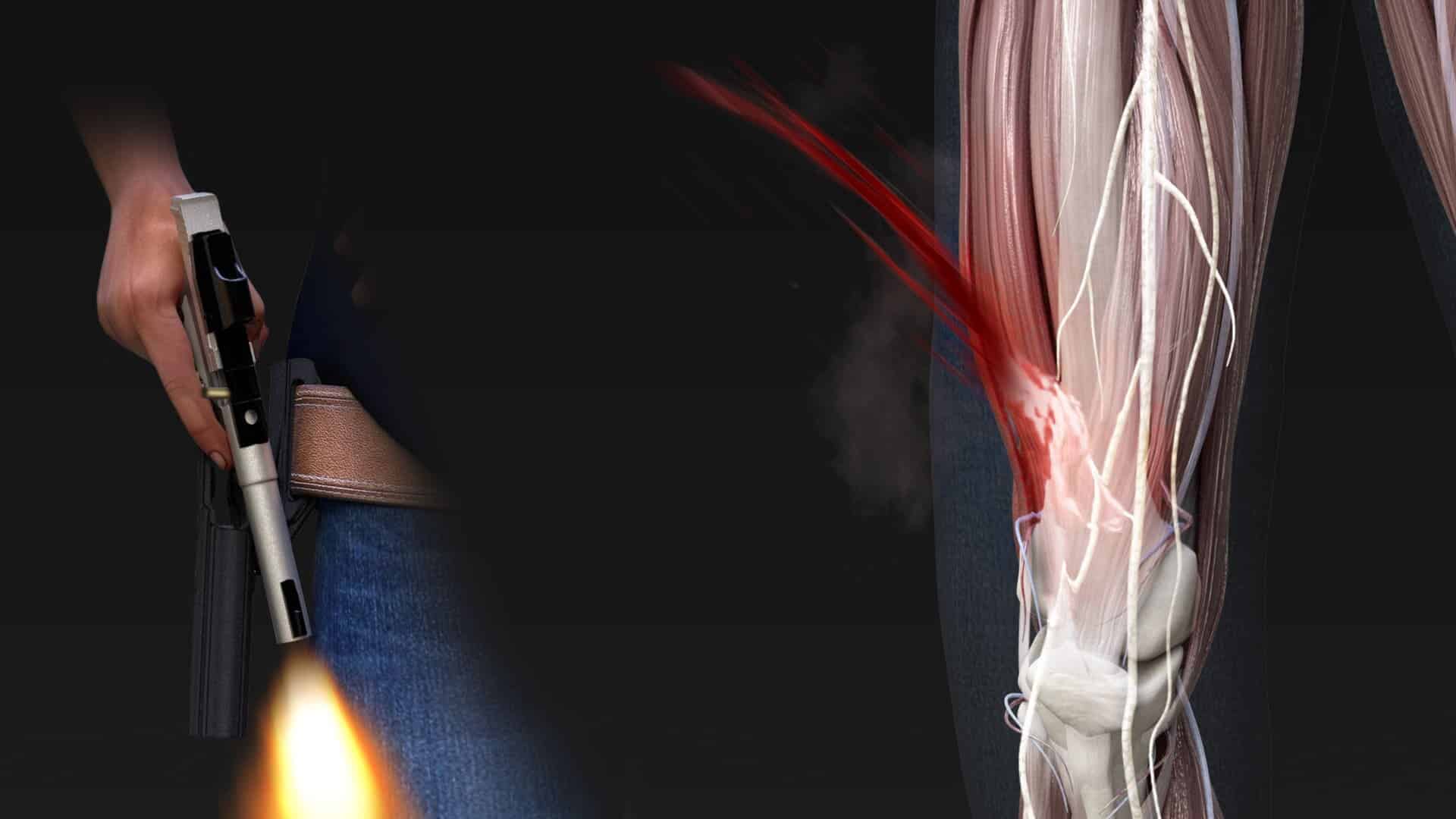Digital visual evidence presentation systems like computer-generated graphical presentations, animated graphics, and immersive virtual environment technology have been used in various civil cases as well as criminal cases to communicate technical terms to non-technical audiences in a courtroom. According to a featured cover story of a 1989 issue of American Bar Association (ABA) Journal, the first major use of computer-generated animations in court took place in a federal civil case for the Delta flight 191 crash. Commonwealth v Serge also showed an example of a criminal case where computer-generated animation was properly admitted as demonstrative evidence.
However, Scofield(2016) in his article “The Use of Computer-Generated Imagery in Legal Proceedings” argued that the use of computer-generated evidence in the US has primarily been in civil cases, and its usage in criminal cases can often be more problematic based on its admittance in the court of law.
Standard admissibility requirements for computer graphics
Selback (1994) in his High Technology Law Journal publication on “The Prejudicial Effects of Computer-generated Animation in the Courtroom” made a submission on the standard admissibility requirements for computer graphics in a court case. He submitted that the admission of computer-generated graphics must meet the requirements of the Federal Rule of Evidence 803(24), 901, 401, 402, and 702. He also maintained that the Federal Rule of Evidence 403, provides the best rationale for the exclusion of computer-generated graphics as admissible evidence.
Scofield (2016) explained that the use of computer animations and simulations in criminal cases must be analyzed carefully. The results from a civil trial may mean an award or loss of money, whereas, in a criminal trial, loss of liberty may be the case. There is a risk in a criminal trial that the members of the jury can be overburdened by the scientific techniques involved in the demonstration with computer graphics. This can be used by any party as a tool of advantage to amplify the benefits or disadvantages of the results thereby leading to unfair prejudice and other issues as pointed out in the Federal Rule of Evidence listed above.
Notwithstanding the fear of unfair prejudice, confusing the issues, misleading the jury, undue delay, wasting time, or needlessly presenting cumulative evidence in the admittance of computer graphics – as stated by the Federal Rule of Evidence 403, it can be used by both parties involved in the case. Rule 803(24) also requires parties seeking to admit the evidence to notify the other side of the animation’s existence and counsel’s intent to enter it into the evidence. Hence, irrespective of the case being a civil or a criminal case, what is crucial is that attorneys from either party who seek to use computer graphics should be able to demonstrate that the value of computer graphics exceeds the feared prejudice.





